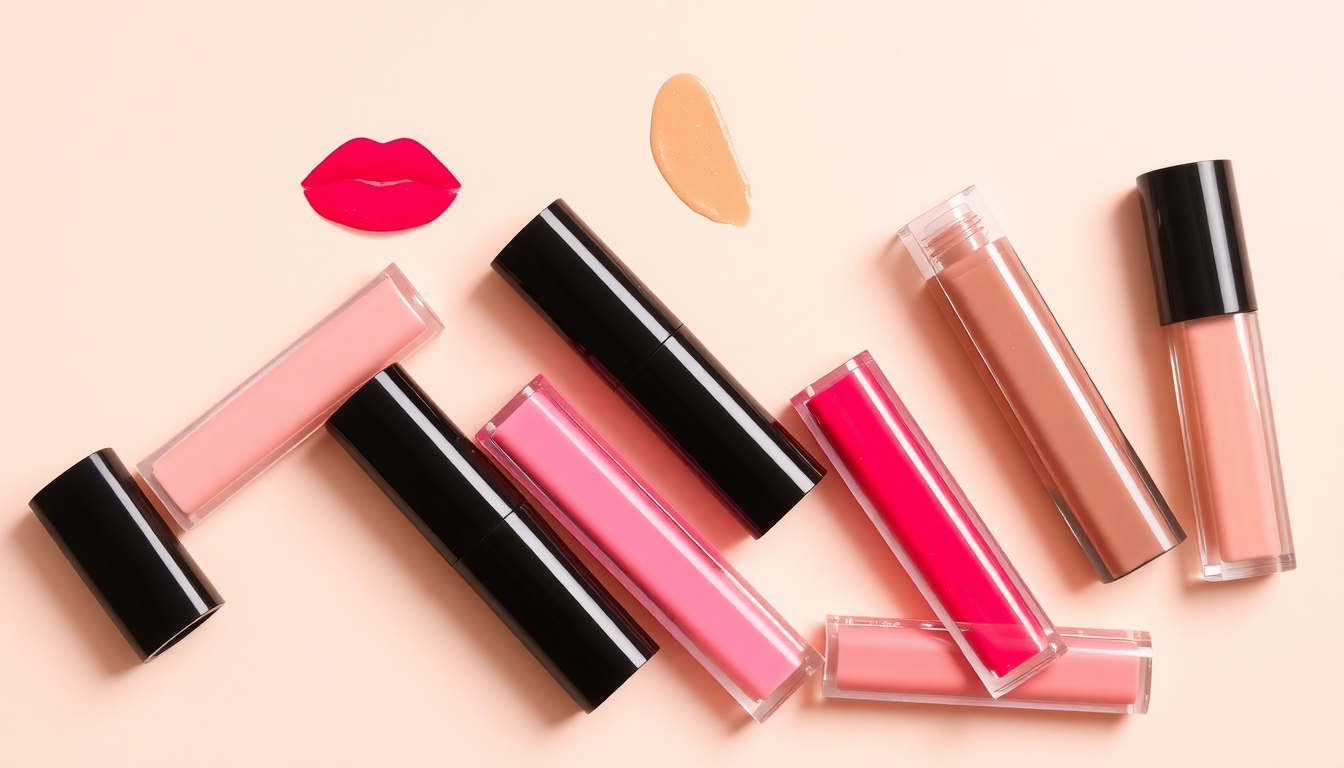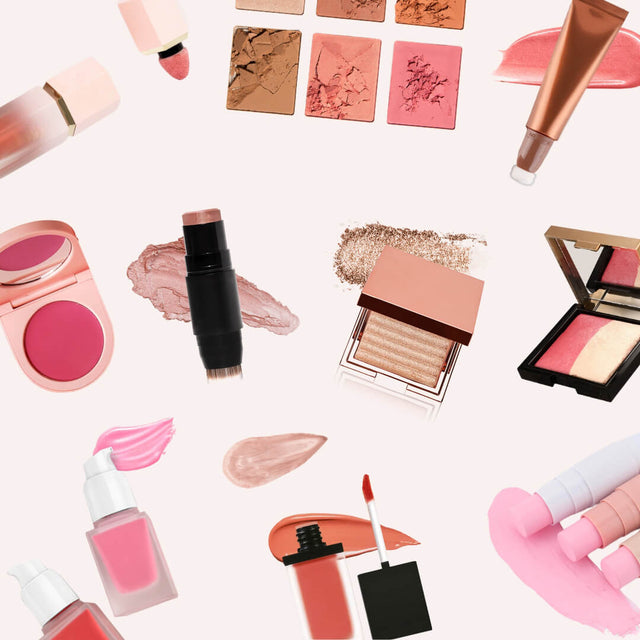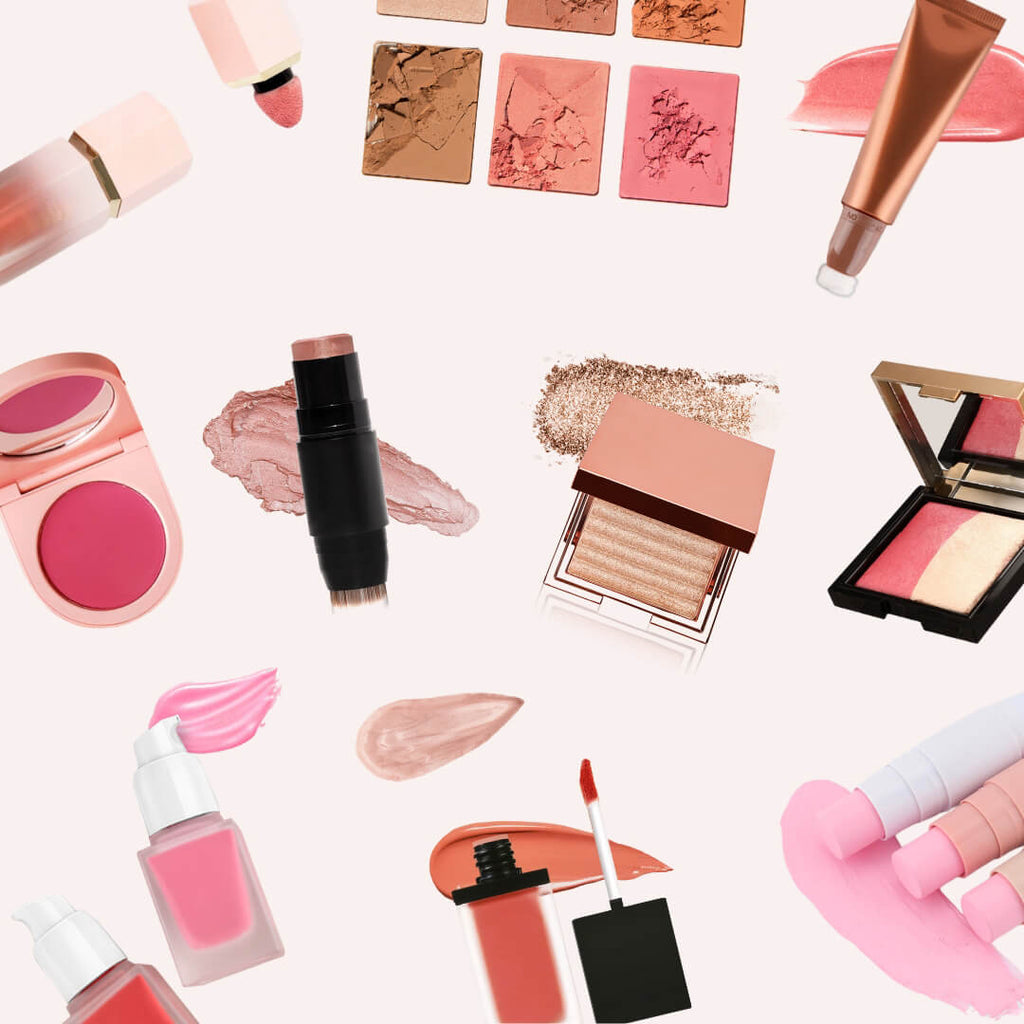
Ultimate Guide to Launching Your First Private Label Lip Gloss: From Formula to Packaging and Profit
Why Lip Gloss is Your 2025 Brand Launchpad (+Trend Data)
In the ever-evolving beauty industry, lip gloss has made a powerful comeback as a must-have product for consumers of all ages and preferences. For new beauty entrepreneurs looking to launch a private label product, lip gloss offers a golden opportunity to enter the market with a product that balances trendiness, ease of formulation, and broad appeal.
According to the NPD Group, glossy finishes grew 27% in Q1 2024, reflecting a strong consumer appetite for shiny, moisturizing lip products that enhance natural beauty without feeling heavy. This resurgence is driven by a shift towards natural, dewy makeup looks popularized by influencers and celebrities alike.
Additionally, the rise in demand for vegan lip products and ethical cosmetics means glosses that are cruelty-free and plant-based have a competitive advantage. The top trending shades for lip glosses in 2025 are:
- Warm peach tones: Pantone 15-1340 TCX (Peach Parfait) — perfect for spring and summer campaigns, delivering a fresh and warm glow.
- Sheer berry hues: Pantone 19-2428 TCX (Berry Sorbet) — ideal for fall and winter, adding a subtle pop of color that complements cooler tones.
These shades are versatile enough to suit a wide range of skin tones and occasions, making them smart choices for your initial product lineup.
Why choose lip gloss for your first launch? Unlike lipsticks or crayons, lip glosses require less complex pigment formulation and can easily blend with various packaging options. This results in a smoother path from concept to market, especially for founders with limited industry experience or budget constraints.
Step 1: Formula Foundations - What Beginners MUST Know
The formula is the soul of your lip gloss line. It determines not only the product’s performance and appeal but also how scalable and cost-effective your production can be. Here are the must-know formula fundamentals:
1. Choose a Non-Sticky Base
Sticky or tacky glosses are a common complaint among users. Starting with a lightweight, hydrating base ensures your gloss feels comfortable for prolonged wear. Ingredients like hydrogenated polyisobutene or polyethylene derivatives offer shine without stickiness. Plant oils such as jojoba, castor, and sunflower oil add nourishment and glide.
2. Vegan & Cruelty-Free Essentials
Today's consumers are ethically conscious. Avoid animal-derived ingredients like beeswax or lanolin. Instead, use candelilla wax or carnauba wax as vegan alternatives. Confirm all raw materials come with cruelty-free certifications to build trust and broaden your market.
3. Pigment Selection and Safety
Use FDA-approved mineral pigments or synthetic dyes suitable for lip use. Mineral pigments tend to be more stable and less costly, making them ideal for beginners. Avoid heavy or opaque pigments if you want sheer, buildable color. Always ask your manufacturer for safety and allergen testing reports.
4. Cost-Saving Formula Tips
- Start with a clear or lightly tinted base to reduce pigment cost.
- Incorporate multi-use ingredients like vitamin E, which acts as both an antioxidant and skin conditioner.
- Limit expensive additives like plumping agents or SPF initially; these can be added in future product iterations.
Formula Checklist for Beginners:
- Prioritize non-sticky, lightweight bases
- Verify vegan, cruelty-free certifications on ingredients
- Use safe, FDA-approved pigments suitable for lips
- Request stability and allergen testing from your manufacturer
- Keep additives minimal to control costs
Step 2: Packaging That Sells - Budget to Luxury Options
Packaging is where your product’s personality shines and plays a huge role in attracting customers. Your packaging choices should align with your brand values, target audience, and budget. Let’s break down the options:
1. Affordable Packaging Under $0.80/Unit
Plastic tubes with cushion applicators are the most common entry-level option. They’re lightweight, customizable with labels or sleeve printing, and usually have a low MOQ starting at 500 units. These tubes are great for startups because they keep costs low and are easy to ship.
2. Premium Packaging Options
For brands targeting a luxury market, glass tubes with metallic caps, frosted finishes, or uniquely shaped applicators can elevate the perceived value. However, these typically require MOQs of 1000+ units and increase per-unit costs to $1.50 or more. Consider these options as your business grows.
3. Sustainable & Eco-Friendly Packaging
Eco-conscious consumers are driving demand for sustainable packaging. Sugarcane-based tubes, recycled plastics, or biodegradable materials offer a green alternative. These options often cost slightly more but add significant brand value and marketing appeal.
4. Minimum Order Quantity (MOQ) Caveats
MOQs vary widely by packaging choice. Always confirm MOQ with your supplier and plan your launch quantity accordingly. Trying to negotiate smaller MOQs can sometimes increase per-unit costs, so balance your inventory risk with budget.
Packaging Checklist:
- Decide your target price point and audience first
- Request packaging samples and test applicators
- Confirm MOQ, lead times, and customization options
- Consider sustainable alternatives if aligned with your brand
- Ensure packaging is tamper-evident and user-friendly
Step 3: Color Selection Science - From Pantone to Profit
Selecting your lip gloss shades is like curating a capsule wardrobe for lips. You want shades that can mix, match, and transition seamlessly through seasons and trends. Here’s a strategy to build your initial 5-shade collection:
1. Start With a Clear Gloss
A clear gloss is a universal product that complements any look and skin tone. It’s a staple that can drive steady sales and serve as a base for layering.
2. Add Sheer Nudes and Pinks
Soft nude or pink shades are crowd-pleasers. Consider Pantone 13-1404 TCX (Rose Tan) for a pink nude and 15-1306 TCX (Soft Peach) for a warm nude. These shades work year-round and appeal to minimalists.
3. Incorporate Seasonal Trending Colors
Warm peach (Pantone 15-1340 TCX) and sheer berry (Pantone 19-2428 TCX) are top picks for 2025. Peach is perfect for spring/summer collections, while berry tones are ideal for fall/winter.
4. Consider a Bold Tint
Adding a bolder shade, like a translucent red or coral tint, allows you to capture customers looking for statement lip looks without the commitment of opaque lipstick.
Color Strategy Checklist:
- Research and incorporate current Pantone trend colors
- Include a balance of sheer and pigmented shades
- Test colors on diverse skin tones for broad appeal
- Plan limited-edition seasonal colors to boost urgency
- Ensure manufacturer consistency to avoid batch variation
Step 4: Cost Control Tactics - Manufacturing Insider Tips
Controlling costs is critical to profitability, especially for first-time founders with tight budgets. Here’s a realistic cost breakdown and insider tips:
1. Formula Production Costs
Manufacturing lip gloss formulas typically cost between $1.00 and $2.50 per unit at MOQs of 500 units. Higher MOQs usually reduce per-unit pricing but require more upfront capital.
2. Packaging Costs
Plastic tubes with basic applicators can be sourced for under $0.80/unit, while glass or premium tubes range from $1.50 to $3.00 per unit. Custom molding or special finishes increase costs further.
3. Hidden Costs to Watch For
- Certifications: Vegan, cruelty-free, organic certifications can cost several hundred dollars or more.
- Shipping & Import Duties: Factor in freight charges, customs fees, and potential tariffs.
- Testing & Compliance: Stability, safety, and microbiological testing are essential and can add $500+ to your launch budget.
- Samples and Prototypes: These are critical for quality assurance but usually aren’t included in bulk pricing.
4. Budgeting Tips
- Request detailed, all-inclusive quotes from manufacturers upfront
- Negotiate MOQs that match your sales forecast and cash flow
- Plan for at least 10% overproduction to cover defects, testing, and giveaways
- Use spreadsheets to track all expenses and forecast profits
- Build in a contingency fund for unexpected costs
Manufacturer's Corner: How We Make Lip Gloss Development Painless
Partnering with a knowledgeable manufacturer is key to navigating the complexities of private label cosmetics. Here are five critical questions to ask your potential supplier before signing on:
- Do you provide vegan and cruelty-free certifications for your formulas and ingredients? This ensures product claims are valid and trusted.
- What is your minimum order quantity (MOQ) for lip glosses? Are smaller trial runs or sample batches available? Flexibility here can help you test the market without overcommitting.
- Can you customize packaging and applicators within my budget constraints? Customization is vital for brand identity but can inflate costs.
- What testing services do you provide (stability, safety, microbiological)? This protects your brand from product failures and regulatory issues.
- What are your typical lead times from formula approval to production and delivery? Understanding timelines helps you plan launches and marketing campaigns effectively.
Red Flags to Avoid:
- Manufacturers unwilling to share test data or certificates
- Vague pricing without clear breakdowns
- Inflexible MOQs that don't suit your launch scale
- Long lead times without clear communication
Pro Tip: Build a detailed product development timeline with your manufacturer to keep your launch on track.
Final Thoughts & Next Steps
Launching your private label lip gloss line is a rewarding journey that combines creativity, business strategy, and attention to detail. By focusing on a high-quality, vegan-friendly formula, thoughtful packaging, on-trend colors, and rigorous cost control, you set the stage for success in the competitive beauty market.
Remember, every decision from formula to packaging impacts how your brand is perceived and how profit margins stack up. Use the checklists and insider tips provided here to navigate this process confidently.
Ready to formulate your first private label lip gloss? Request our comprehensive Lip Gloss Starter Kit today and partner with us to bring your vision to life. Contact us now to get started!




